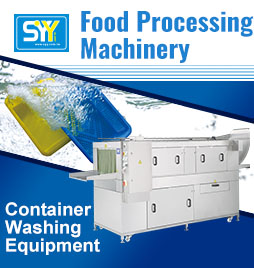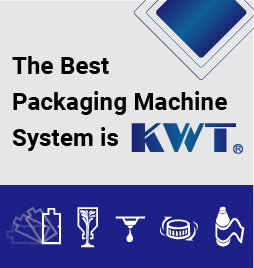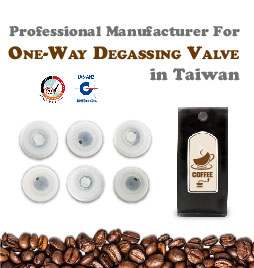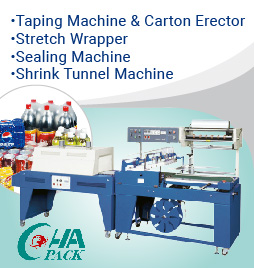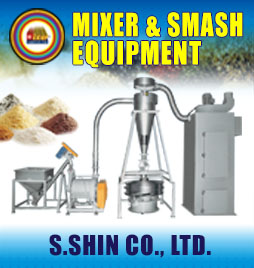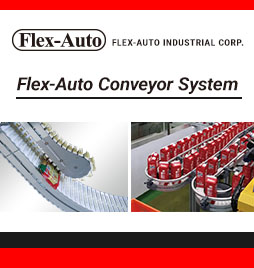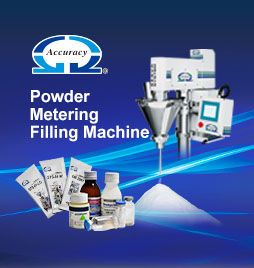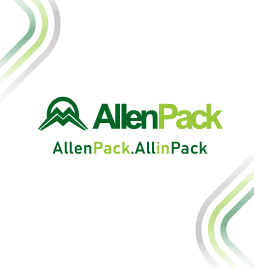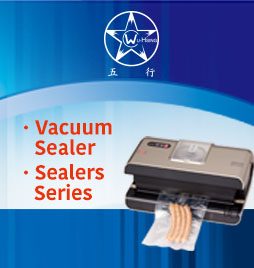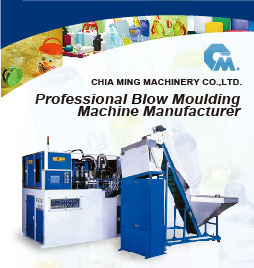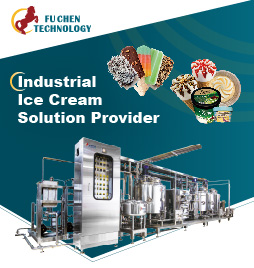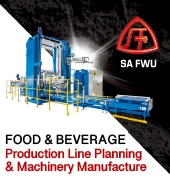DEVELOPMENT of cardboard packaging
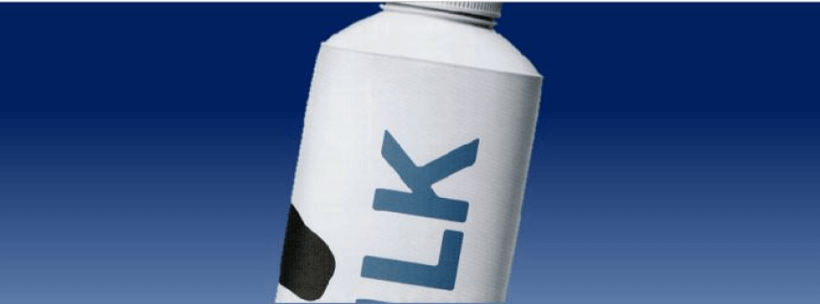
One of the biggest concerns of the consumer is to be––as much as possible––careful with the environment, so they look for new alternatives for recycling the products they buy. The coardboard pack meets that characteristic. - Tetra Pak Mexico
* @tetrapakmx
Currently, the sector works much closer with the consumer, listening and promoting exchange of information to improve quality and maintain innovation.
The cardboard usually served both as food packaging and as a container for deliveries, boxes and other related products. It was at the end of the 1930s when Ruben Rausing thought about possible alternatives to pack and protect the nutrients of the food without using any laminated cardboard to make the products accessible, available and easy to store.
The premise dictated that this new packaging had to be competitive enough so as to be able to participate in the sale of milk which was sold in returnable bottles at that time. After the investigations on hygiene conditions, materials or production, the first pilot of the container was to form a paper tube, fill it and close it continuously. Today, this technique is known in the packaging jargon as form-fill-seal (FFS).
The geometric shape of the "tetrahedron" is attributable to Erick Wallenberg, who starts the development looking for a cylindrical shape, but the filling process forces him to evaluate other geometric shapes, concluding the tetrahedron shape, which is formed with four sides in a triangular shape.
Rausing's second intention was to keep food fresh and safe for a longer time. Therefore, he undertook the generation of containers with a plastic coating, which was sealed below the liquid level.
By 1952, when the first machine for cardboard packaging in the tetrahedron shape was delivered, the consumer saw in this presentation an innovative solution that guaranteed the freshness in their food.
In 1963 and after the demand for a container with greater capacity, a container was launched [1] which alluded to a block for its rectangular shape with a one-liter capacity, and appeared at the right moment in which the consumer met to lunch and dinner accompanied by their favorite drink in said presented packaging.
-Development of the aseptic packaging-
Since then, the consumer trends have been adapting to the stability and accessibility for people in different parts of the world. With the arrival of the 1960s, and (I Can not Get No) Satisfaction of the Rolling Stones playing on the radio, we evolved towards aseptic containers, which were alternating the layers of cardboard and polyethylene and a thin aluminum foil so as to isolate food from the outside, and thus opening the food availability landscape.
This invention, namely the aseptic technology, marked a milestone in the food and beverage industry and was recognized in 1989 by the Institute of Food Technologists as "the most important advance in food science of the 20th century."
One of the biggest requests of the consumers is to try to be––as much as possible––careful with the environment, and for that reason they look for alternatives of recycling in the products that they acquire. Since the early 1970's there were more options available for consumers on shelves, including image and recyclability.
The cardboard packaging in shape and practicality began a wave of new social movements that included women in jobs not previously explored, encouraging companies to provide beverages and food in a lighter packaging, which was easy to open, and so that they were available to consume and keep on the go.
Cardboard is one of the most used materials for containers and packaging since its characteristics place it above non-biodegradable materials or those whose recycling is more complex.
Including the polyethylene and cardboard formula, the containers appeared with a lid [2] that facilitated the handling of the liquids and material to keep the intact flavor and texture.
At the end of the 1990s, the industry witnessed the modification of the containers to triangular or rectangular shapes that conform to the facial geometry and provide a better grip, in addition, they allow the flow control in beverages.
Moreover, the modernity was followed by new challenges for packaging companies: the children's segment. The concept practicality aimed at children is very different and focuses more on the offer of proportions, which allows parents to choose the ideal option.
Undoubtedly, the packaging seduces the consumer from an emotional point of view, through finishing techniques of quality and innovation that change over the years and remain at the forefront of the food industry.
-Optimal packaging for food preservation-
The packaging of food benefited in 2003 when a container appeared on the market whose main objective was to occupy less space in the cupboard [3] compared to cans. Because of its shape, this container occupies between 30% and 40% less space than cans and glass jars.
This solution has a lot to explore, since weighing 64% less than a can generates great benefits not only for consumers, but also for food brands.
In addition to the innovation and development of cardboard packaging, there have been important changes in dosing systems and in the subject of caps, which now vary in size and shape to suit new consumers and meet the needs of functionality and mobility.
For example, the portions have been adapted both to a child (from 125 ml) and to young adults (500 ml) and even for sitting at the table with a family (1 l). All the containers meet the needs of the consumer.
Unlike 1930, when the cardboard packaging began to have an impact on the form of consumption, 2017 is a year of nuances, of importance in the proportions, of personalization, availability and consumption outside the home (on the go), which companies must respond to when offering their food.
Undoubtedly, a long way of future changes and changes in the way of consumption awaits us, but it is about offering consumers a new way to feel safe and listened to when enjoying their food, regardless of the decade they are living in.
(1) Refer to the Tetra Brik packaging.
(2) Refer to the Tetra Top packaging.
(3) Refer to the Tetra Recart packaging.

